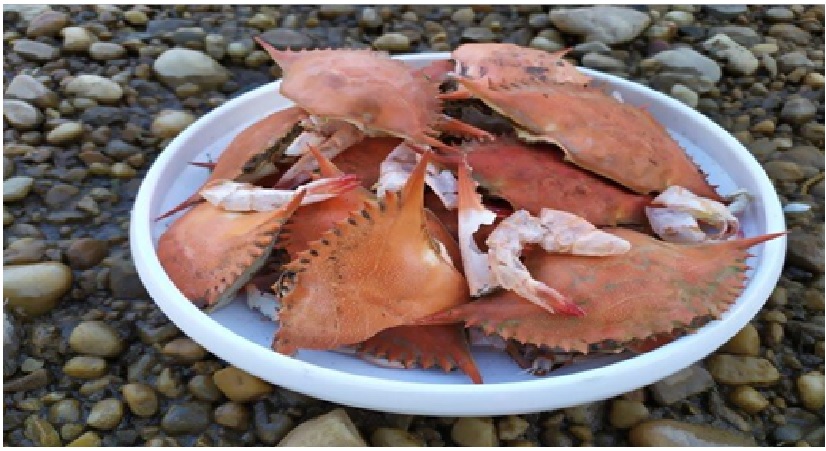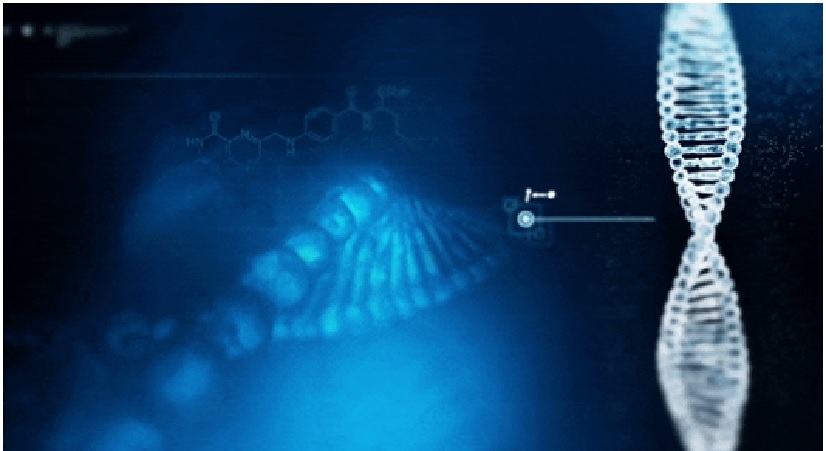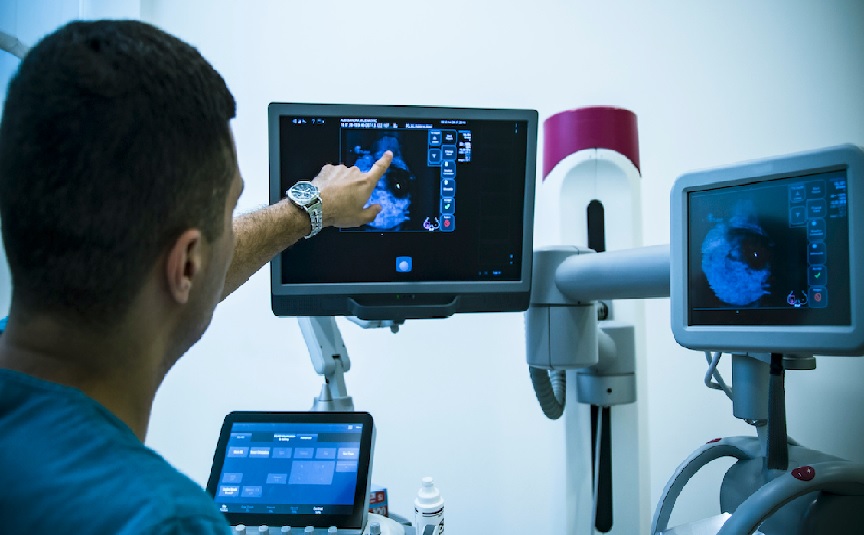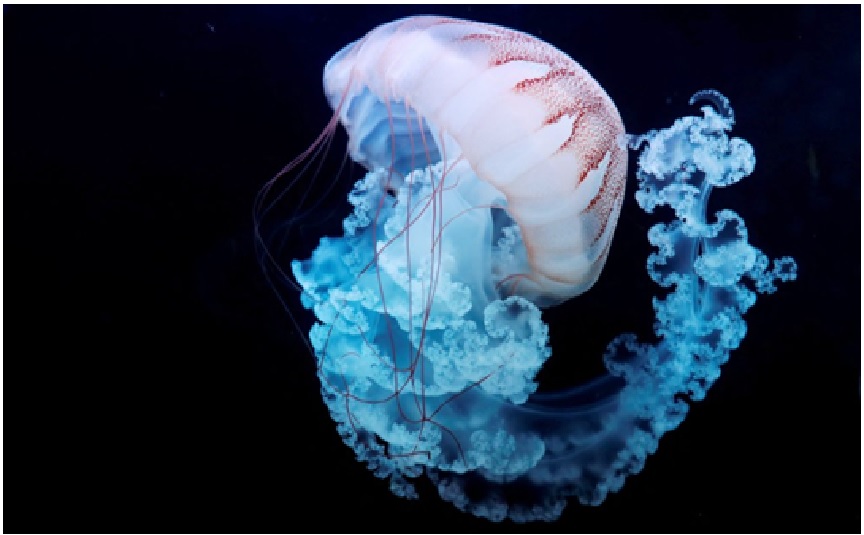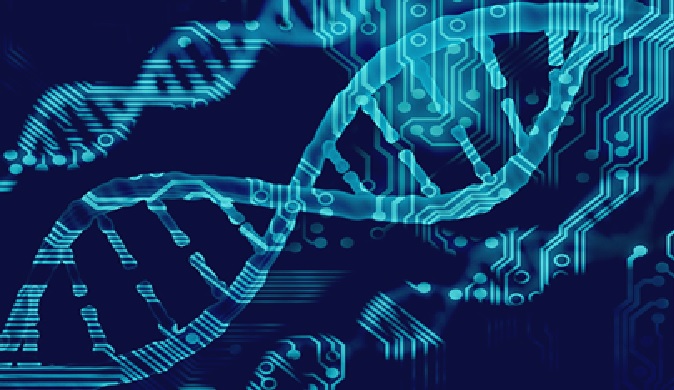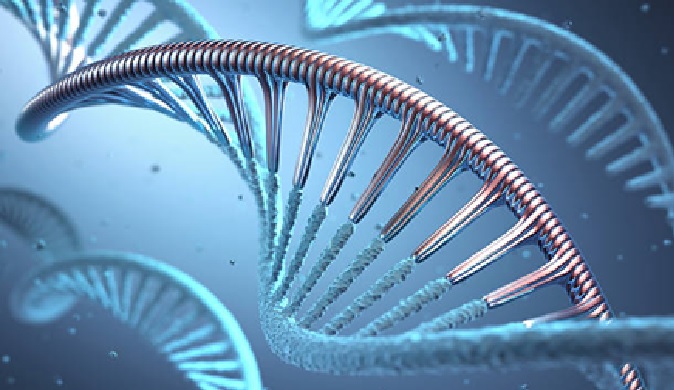New DNA Evidence Rewrites Ancient American History
An abandoned Caribbean colony discovered centuries later and a case of mistaken identity in the archaeological record have colluded to rewrite the history of a barrier island off the shores of Virginia and Maryland.
When Nicolas Delsol, a postdoctoral researcher at the Florida Museum of Natural History, set out to analyze ancient DNA recovered from cow bones discovered in archaeological sites, these seemingly unrelated threads were woven together. Delsol wanted to know how cattle were domesticated in the Americas, and he discovered the answer in the genetic information preserved in centuries-old teeth. However, they also held a surprise. [1]

Figure 1. The New DNA Evidence Rewrites Ancient American History
Figure 1 shows humans first started selectively breeding corn’s wild ancestor teosinte around 9,000 years ago in Mexico, but partially domesticated varieties of the crop did not reach the rest of Central and South America for another 1,500 and 2,000 years, respectively.
For many years, conventional thinking among scholars had been that corn was first fully domesticated in Mexico and then spread elsewhere. However, after 5,000-year-old cobs found in Mexico turned out to only be partially domesticated, scholars began to reconsider whether this thinking captured the full story of corn’s domestication. [2]
The tooth was discovered during excavation of one of Spain's oldest colonized settlements, Puerto Real, which was founded in 1507 and served as the last stop of call for ships sailing from the Caribbean for decades. However, widespread pirate activity and illegal commerce encouraged the Spaniards to concentrate their influence elsewhere on the island in the 16th century, and people were forced to abandon the area in 1578. The abandoned building was condemned by Spanish authorities the following year.
“In historical documentation, the Spanish were very early on in the 16th century. The early colonial literature is often fragmentary and not completely thorough. “Just because they don't mention the horses doesn't mean they weren't there.”
After arriving in the Americas, feral herds on Assateague weren't the only horses to return to their wild heritage. Colonists from across Europe brought horses of various breeds and pedigrees, some of whom escaped into the surrounding countryside.
Delsol expects that future ancient DNA studies will help clarify the complex history of equine introductions and migrations that occurred over the last several centuries and give a better comprehension of today's wild and domesticated horses. [3]
References:
- https://scitechdaily.com/new-dna-evidence-rewrites-ancient-american-history/
- https://www.si.edu/newsdesk/releases/ancient-dna-continues-rewrite-corns-9000-year-society-shaping-history
- https://list23.com/1056188-ancient-american-history-is-rewritten-by-new-dna-evidence/
Cite this article:
Thanusri swetha J (2022), New DNA Evidence Rewrites Ancient American History, AnaTechMaz, pp.111



